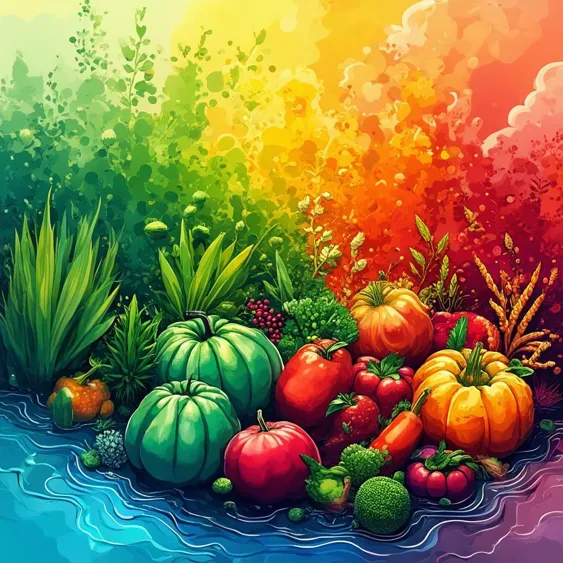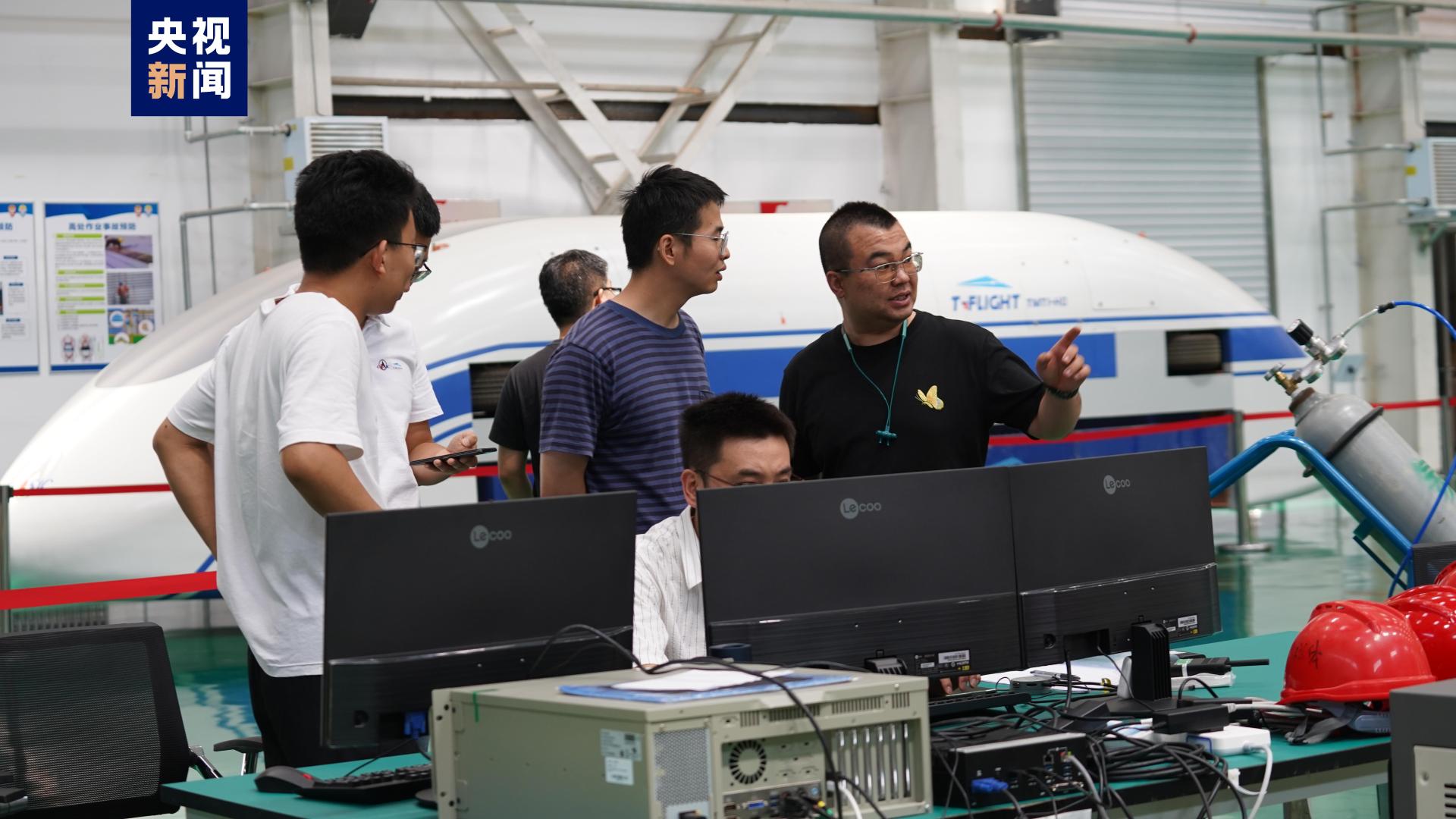From Artificial to Natural Food Colors: What's Next?

Artificial food colors have long been ubiquitous in our diets, enhancing the visual appeal of everything from candies to cereals. However, as health concerns regarding synthetic dyes grow, there’s a sweeping shift towards more natural alternatives. This transition is particularly relevant as consumers become increasingly educated about food safety and quality, driving demand for healthier and more transparent food production practices. The emerging landscape of natural food colors promises not just compliance with new regulations but also innovation that could reshape the food industry.
Artificial food dyes, like Red Dye No. 3, are under scrutiny due to their potential health risks. The FDA's recent moves to ban certain synthetic dyes reflect a growing trend to prioritize consumer health over vibrant packaging. This opens the door for natural alternatives, such as Galdieria blue from microalgae, which are being developed by companies like Fermentalg. These natural pigments are not just safer; they also require careful cultivation methods to ensure stability and vividness in products. For instance, Sensient creates hues from ingredients like carrots and potatoes, emphasizing the need for colors that can match the brightness of their synthetic counterparts. However, natural dyes often face challenges, such as shorter shelf lives and variations in intensity, complicating the transition for food brands accustomed to artificial additives.
As companies race to reformulate their products by 2026, they face hurdles in sourcing sufficient natural colors, which could lead to production bottlenecks. However, this collective movement also indicates a pivotal change: what happens when consumers prioritize health over aesthetic appeal? Will the initial expense of these natural alternatives lead to a price increase in our favorite foods? As we navigate this transition, understanding these dynamics is essential. Interested readers can explore further by examining case studies of brands successfully implementing natural colors and the regulatory frameworks shaping these changes.
Read These Next

China's 1000 kmh Maglev Train Successfully Completes Test
China's maglev train reached 1,000 km/h in a test, advancing transport innovation and aiming to connect cities efficiently.

Normal Computing's Thermodynamic Chip: AI Game-Changer
Commentary on the announcement of Normal Computing's thermodynamic computing chip CN101, emphasizing its energy efficiency and potential impact on AI and high-performance computing.

China's National Electron Beam Lithography Machine Breakthrough
Commentary on the significance of China's first domestically produced commercial electron beam lithography machine and its implications for the semiconductor industry.
